Chiusura giornaliera degli ordini alle 14:00
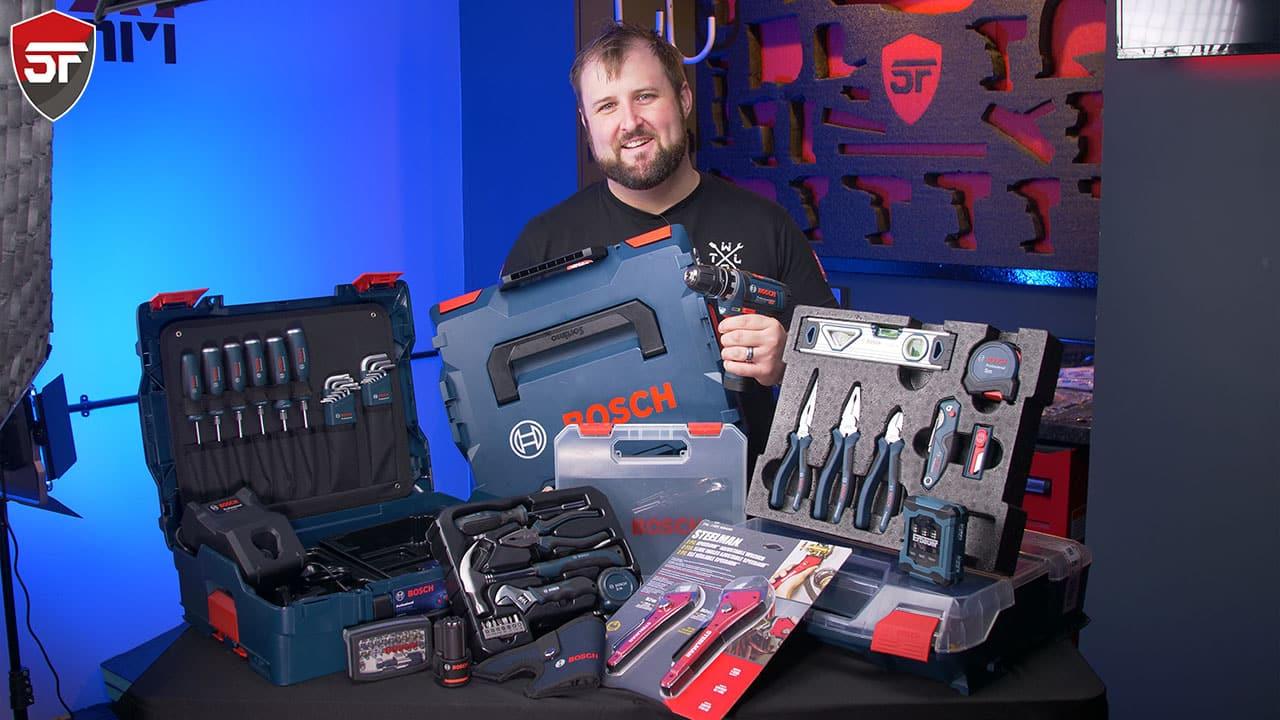
Possiamo inserire QUATTRO kit attrezzi in una scatola porta attrezzi Bosch L-BOXX?
Quando hai accumulato una cassetta degli attrezzi Bosch di troppo! Ma chi vorrebbe portarsi dietro 3 cassette degli attrezzi e un set quando puoi metterli tutti in uno? O puoi? Ciò con cui stiamo lavorando è un accumulo piuttosto tipico di kit di strumenti. Abbiamo un set di utensili manuali Bosch Professional, un altro piccolo set Bosch che abbiamo raccolto e infine il trapano combinato Bosch GSR con teste staccabili. Il problema con questi è che vengono tutti nella loro piccola cassetta degli attrezzi in plastica con i propri vassoi di plastica individuali o inserti Bosch L-Boxx. In genere, nessuno vorrebbe portare con sé tutti questi kit quando una singola scatola sarebbe più semplice. Quindi potremmo semplicemente mettere tutto in una scatola più grande, potrebbe funzionare. Ma invece, condenseremo tutti questi tre kit di strumenti in uno solo, in modo super organizzato .

Cosa c'è nella scatola?
Gli inserti forniti con queste scatole sono tutti diversi e tutt'altro che ideali. In tutta onestà nei confronti di Bosch, questi sono solitamente prodotti solo a scopo di trasporto, quindi non sono realmente costruiti per durare più a lungo. Quindi c'è una sorta di vassoio in tela in uno. Un inserto in polistirolo profondo circa 60 mm e che occupa molto spazio in un altro. Anche un vassoio di plastica piuttosto resistente e anche un vassoio sottile soffiato davvero economico. Ma questi hanno tutti occupato troppo spazio, sono stati troppo distanziati, non sono resistenti o sufficientemente durevoli da poter essere tenuti nella cassetta degli attrezzi Bosch. Quindi l'obiettivo qui è sostituire tutti questi inserti in plastica e polistirolo con i nostri inserti Bosch L-Boxx già pronti.
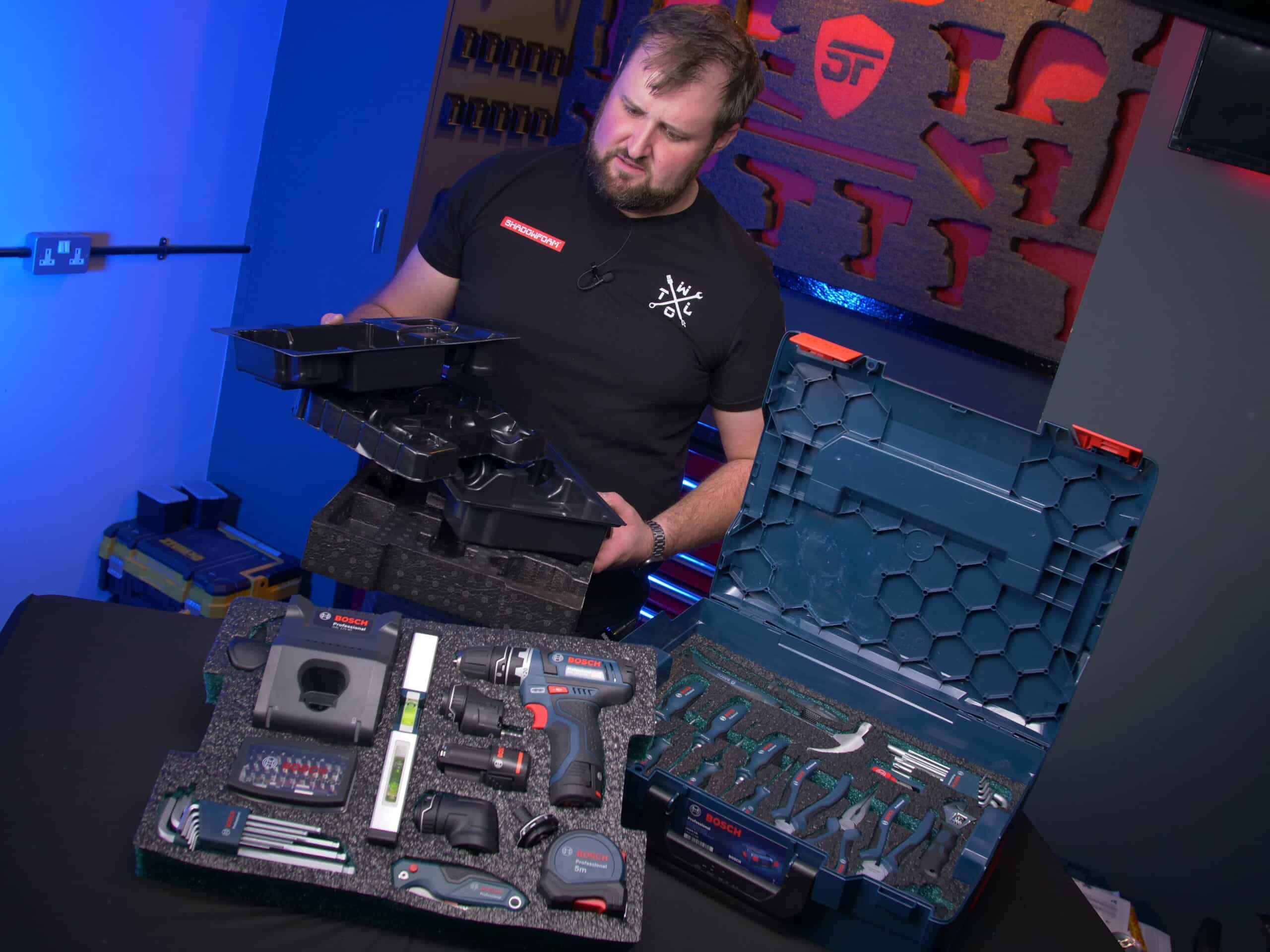
I nostri inserti Bosch L-Boxx:
Questi sono disponibili sul nostro sito web per soli £ 24,99 e sono disponibili in confezioni doppie con profondità di 30 mm o 50 mm. Sono inoltre disponibili in una scelta di 7 colori . Abbiamo optato per il nostro nuovo Teal che si abbina molto bene al marchio. Ma allo stesso modo anche il rosso sarebbe stato davvero carino e di grande impatto. E ovviamente puoi usarli in entrambi i modi, quindi, se preferisci, metti il colore sopra nella base.

Utilizzeremo anche uno dei nostri kit da taglio . Costano £ 20,00 ma se acquistati con una qualsiasi delle nostre schiume scendono a £ 10,00. Cosa molto importante, questi includono guanti antitaglio insieme alla colla per lame del bisturi e alcuni adesivi. Quindi per £ 34,99 con consegna gratuita il giorno successivo nel Regno Unito puoi avere assolutamente tutto ciò di cui hai bisogno per ritagliarti degli inserti in Shadow Foam. Un piccolo investimento per qualcosa che durerà per anni, ti aiuterà a lavorare in modo più efficiente e a proteggere e organizzare il tuo kit che senza dubbio costa molto di più.
Qual è il piano per questa cassetta degli attrezzi e gli strumenti Bosch?
Una volta che avremo combinato tutti questi kit in uno solo e li avremo organizzati in modo super organizzato, regaleremo questo kit di strumenti a un fortunato vincitore. Ma se non vinci o vuoi semplicemente organizzare i tuoi strumenti, ti mostreremo come farlo.
Quindi la prima scatola che scarteremo forse per uso futuro o per altri usi è di Costco. Abbiamo scoperto che contiene alcuni elementi che il set professionale non ha. Ad esempio, il martello da carpentiere, il nastro da tre metri, il nastro da cinque metri e le pinze a becco toro. L'altro kit è il sistema Bosch Professional GSR. Questo è un corpo da trapano con una testa staccabile. Poi ci sono tre teste che vanno con questo che basta spingere e ruotare per bloccarsi in posizione. La prima è la testa a mascella combinata e c'è anche una testa a impatto e una testa per trapano angolare.
Gli strumenti nel complesso hanno un aspetto davvero gradevole. Se desideri una recensione completa su questi, puoi trovarla un po' più in dettaglio nel nostro post di recensione .
Pianificazione della disposizione.
Ma prima di iniziare a tagliare qualsiasi cosa, dobbiamo capire il layout. Mentre stiamo creando due livelli. dobbiamo farlo per entrambi prima di iniziare. Per noi, in alto, abbiamo voluto mettere il trapano, il caricabatterie e gli accessori. Idealmente vorremmo anche oggetti usati spesso come il coltello e il metro a nastro. Quindi per prima cosa iniziamo con lo strato di base in cui proveremo a inserire tutti gli strumenti manuali. Sappiamo che possiamo sicuramente migliorare rispetto a questo layout distanziato che Bosch ha realizzato. Abbiamo deciso di utilizzare un inserto in schiuma Bosch L-Boxx da 50 mm per ogni strato di questa scatola.
Quando pianifichi il tuo layout a strati, in cima vuoi gli oggetti su cui vuoi mettere le mani rapidamente. Quindi idealmente non vuoi sollevare uno strato per prendere semplicemente il tuo metro a nastro. Vale la pena pensare a quali elementi è più probabile che tu stesso usi spesso e cercare di farli entrare negli strati superiori.
Prenditi il tuo tempo in questa fase di pianificazione, è davvero importante. Ci vorrà un po' di quello che noi chiamiamo jiggery pokery per arrivare al punto in cui sarai felice. Pensa a cose come modificare gli angoli semplicemente giocando con il layout. Pensa anche allo spazio. Riduci più spazio utilizzabile possibile per rendere la tua cassetta degli attrezzi Bosch quanto più piena ed efficiente possibile. Tuttavia, se hai spazio, potrebbe darsi che lasci un po' di spazio per aggiungere ulteriori elementi in un secondo momento. Abbiamo pensato che sarebbe stato carino aggiungere al set una chiave di utilità che non abbiamo ancora. Quindi, dopo un'attenta pianificazione, sappiamo che possiamo permetterci di lasciare un po' di spazio per aggiunte future. Una volta che sei soddisfatto del tuo layout... scatta una foto! Questo sarà un riferimento davvero utile mentre lavori.

Da dove cominciare?
Prima di iniziare a tagliare i nostri inserti Bosch L-Boxx, assicurati di indossare guanti antitaglio per mantenerti al sicuro mentre maneggi le lame affilate. Ci viene sempre chiesto “da dove inizi?” La risposta breve è ovunque tu voglia. A volte iniziamo con un oggetto grande o con qualcosa che sta bene in un angolo. Allora vai da lì. Per questo set, abbiamo un set di chiavi esagonali che vanno nell'angolo. Quindi lo allineeremo perfettamente con l'angolo e inizieremo da lì.
È ora di iniziare a tagliare.
Quando inizi a tagliare , taglia leggermente attorno all'oggetto. Vuoi esercitare un po' di pressione sull'oggetto in modo che non si muova. Quindi vuoi semplicemente tagliare leggermente attorno all'oggetto. Il motivo per cui utilizziamo lame e manici per bisturi è perché sono così sottili da poter posizionare la lama proprio accanto allo strumento. Questo ti darà un taglio davvero preciso e pulito. Se usi un coltello artigianale o simili, il corpo effettivo del coltello a volte è largo fino a 20 mm. In questi casi la lama stessa si trova al centro. Quindi ciò che ti rimane è un offset di 10 mm che influenza davvero i tuoi risultati. Ovviamente puoi ancora usare un coltello artigianale, ma per superare questo spostamento devi prima disegnare intorno all'oggetto con una penna.
A molti dei nostri clienti piace farlo comunque, quindi è un'opzione. Magari fallo con un pennarello argentato o qualcosa del genere in modo da poterlo vedere. Ma ti consigliamo di utilizzare invece il bisturi per tracciare il taglio attorno all'oggetto in modo da non ritrovarti con segni o macchie sull'oggetto o sulla schiuma. E come vedrai guardando uno qualsiasi dei nostri video di taglio, puoi anche ottenere un profilo davvero bello e stretto.
Durante il taglio, assicurati mentre procedi di mantenere il bisturi a 90 gradi rispetto alla schiuma. Questo per assicurarti di non tagliare ad angolo, dovresti tagliare verso il basso. Una volta tagliato tutto intorno, rimuovi l'oggetto. Quindi, torna indietro attorno alla traccia di taglio originale, portandola alla profondità desiderata. Se come noi stai realizzando uno strato di base, probabilmente vorrai che tutti gli strumenti siano inseriti in profondità nella schiuma in modo che la parte superiore sia tutta a filo. Questo ci dà una bella superficie di sfaldamento su cui la parte superiore può successivamente sedersi sopra. Quindi per questo vogliamo che tutti i piedi degli strumenti siano incassati al suo interno e per farlo vogliamo assicurarci di tagliare abbastanza in profondità.
Rimuovere la schiuma dagli inserti Bosch L-Boxx
Una volta terminato il taglio, vale la pena togliersi i guanti in modo da poter eseguire la sbucciatura . Per iniziare è necessario spingere le dita verso il basso da un'estremità o dall'altra. Quindi spingi la schiuma verso di te, staccandola mentre procedi. Inizialmente abbiamo tolto solo circa 10 mm di schiuma, poi torniamo indietro e togliamo un altro strato di 10 mm e così via fino a raggiungere la profondità desiderata.
Fare sempre una prova di vestibilità per vedere se l'oggetto è posizionato correttamente nella rientranza. Potresti scoprire che in alcune aree, a causa della forma dell'utensile, alcune parti necessitano solo di un piccolo taglio extra in alcuni punti. Inoltre, se trovi un'area in cui non si stacca, torna indietro e fai un altro paio di tagli prima di staccarlo di nuovo. Questo è importante, altrimenti potresti rischiare di strapparlo, il che si tradurrà in una finitura ruvida.
Dettagli di finitura
Quando tutti i tuoi strumenti sono inseriti e sei soddisfatto degli adattamenti del test, potresti prendere in considerazione l'aggiunta di tiri con le dita. Questi sono solo un metodo per rendere più facile l'entrata e l'uscita degli strumenti. Ci sono un paio di tecniche diverse che usiamo quando eseguiamo le tirate con le dita. Uno usa un bordo dritto come un righello o qualcosa del genere e possiamo tagliare una linea dritta attraverso la fila di strumenti che sembrerà davvero ordinata. L'altro che potresti aver visto in alcuni dei nostri altri progetti è arrotondato. Ad esempio, potremmo utilizzare una forma a semicerchio su entrambi i lati dello strumento per la presa.

Quando abbiamo completato il nostro strato inferiore con gli strumenti manuali, lo abbiamo inserito nella L-Boxx, spingendolo completamente per garantire una perfetta aderenza, quindi siamo passati allo strato superiore, ripetendo essenzialmente gli stessi processi. Considerazioni importanti per questo livello, dato che si tratta di un utensile elettrico, è che vogliamo che siano presenti anche tutti gli accessori che lo accompagnano. Ciò include il caricabatteria che siamo riusciti a inserire con il cavo nascosto sotto. Abbiamo anche il set di punte che era un'aggiunta ai set di strumenti originali che abbiamo condensato per adattarli qui perché pensavamo che si sarebbe complimentato bene con il set.
Ops! Superare i problemi...!
Come con lo strato di base, una volta completato è necessario inserire anche lo strato superiore. Questi test di aderenza sono molto importanti per assicurarsi che tutto si adatti e si chiuda. Per noi questo ha rappresentato un problema! C'era una piccola area del kit che toccava uno strumento, il che significava che non si chiudeva! Queste cose possono accadere, ma di solito c'è sempre una sorta di soluzione alternativa. Avevamo bisogno di perdere circa 10 mm in quella zona per chiuderla. Lo abbiamo fatto eliminando alcune creste interne della custodia. Questo è stato davvero semplice e non ha tolto alcuna rigidità all'integrità del case, quindi è andato tutto bene. All'inizio sembrava un po' ruvido, ma un po' di vernice spray in un colore coordinato lo ha riordinato bene.
La cassetta degli attrezzi Bosch finita
Abbiamo condensato un sacco di cose in questo kit, tre scatole in una L-Boxx. Ci auguriamo che tu sia d'accordo sul fatto che quello che abbiamo ottenuto è un kit di strumenti davvero efficiente e dall'aspetto intelligente. Stiamo coprendo molti aspetti con questo, e ora è tutto davvero compatto e organizzato grazie ai nostri inserti Bosch L-Boxx, e ora anche il coperchio si chiude! Quindi, se vuoi sistemare la tua cassetta degli attrezzi Bosch, speriamo che questo ti dia tutta l'ispirazione di cui hai bisogno!




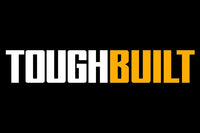

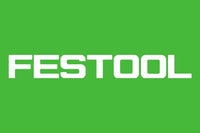



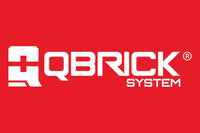





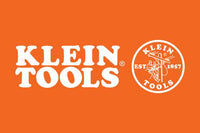
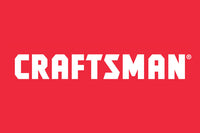

 Kit di taglio gratuito per ordini qualificati
Kit di taglio gratuito per ordini qualificati
 Oltre 3.000 recensioni positive
Oltre 3.000 recensioni positive
 Oltre 500 video su YouTube
Oltre 500 video su YouTube
 Assistenza nel Regno Unito
Assistenza nel Regno Unito